Fashion
How Tatah Costales is Making a Mark in Cebu’s Fashion Scene
Tatah Costales brings together ready-to-wear and custom-made designs in a new kind of retail that’s aptly called Alter to Enhance.


Tatah Costales is standing in front of the mirror with one of her store associates, trying to decide if the purple blouse she’d picked out for the shoot might be too long on her. “Can we try pinning it?” she asks, folding the hem to the length she wanted before laughing with a shrug. “You know what, just give me the scissors. I’ll cut it.”
The exchange isn’t something you’d usually hear inside a boutique—seriously, have you ever heard someone in a store offer to cut up something off the rack?—but that’s exactly why Tatah decided to put up her brand. A.T.E. by Tatah was created as an answer to frustrating shopping trips that involve finding a beautiful piece that doesn’t fit quite right. “I saw an unmet fashion need, and thought of a possible solution,” she shares. “I jumped into it, and the rest is history.”
A.T.E. stands for Alter to Enhance, which epitomizes the store’s main concept. “It’s neither a tailoring shop, nor a regular boutique. We are a combination of both,” she explains. “We make clothes—ready-to-wear that may be altered to a size smaller, shortened length, or tweaked to a style or preference.”
Preference is something of importance. “We didn’t use ‘alter to fit,’ because not everything that fits you, suits you,” Tatah says. The brand is also an acronym of her family’s first names—her only son AJ, herself Tatah, and her husband Edgar. More importantly, though, it also plays on the Filipino endearment for older sister, which gives the brand an almost intimate touch. “It connotes Filipino culture and respect, and the female gender, because we only do clothes for women,” she pauses, “for now.”
Of course, Tatah didn’t actually start up her career in fashion. She has a degree in hotel and restaurant management from the University of the Philippines-Cebu, and was an insurance agent for years. She’d gotten the idea to venture into clothing after selling to prospects in the textile and tailoring industries.
The drive to succeed was certainly there. In one night, she had learned the basics of dressmaking and looked to familial ties for marketing—she would make pieces for her mom Virginia, who would wear them when going out with friends and meet inquiries with the news that her daughter was going into the tailoring business.
From there, she took dress orders from family and friends, and eventually sent herself to the Fashion Institute of Technology in New York for a summer course on the business of fashion. To show how serious she was about her chosen path, she also took a course on styling in the University of the Arts in London. The opportunity also broadened up her horizons and gave her an in-depth look at Europe’s sophisticated style.
Her pursuits to learn definitely paid off—she soon opened a shop in Mabolo, followed by the one in Axis earlier this year. A.T.E. by Tatah has already gained a good number of fans for offering stylish silhouettes in the best possible fit. “Each A.T.E. piece gives an emotional connection with the customer,” she says, sharing that the best part of starting out her shop was the bright smiles of women coming from the fitting room.
Shopping at A.T.E. by Tatah is a completely different experience. Customers can look around the racks to find pieces that they like, and are encouraged to try them on. From there, an associate will discuss the different alterations they can do based on the preference and body type—Tatah understands that even just a slight shortening of sleeve length can do wonders for creating a better silhouette. After that, a team of sewers quickly work through the garment, which can be ready for pickup in as less as 15 minutes.
Cutting and styling is something that Tatah does almost inherently, and she admits that she doesn’t particularly enjoy sketching designs. “I work better when I have a dress in front of me, and a pair of scissors in my hand. I can just cut it up into the shape that I like,” she shares. She mostly goes with classic silhouettes for the rack, although if a classic piece doesn’t sell, she sits down and thinks about how to redo it to make it trendier, such as turning a plain shift dress into an asymmetrical top.
Considering the success she’s found with A.T.E., it’s easy to forget that Tatah is actually a late bloomer in the fashion industry, although that’s something she finds pride in. “I always remind myself that I can’t be reckless with the opportunity I’m given,” she says. “It’s not every day that one discovers a new skill at the age of 42.”
Fashion
The Qipao As Interpreted by Innovative Filipino Designers: PHILIP RODRIGUEZ
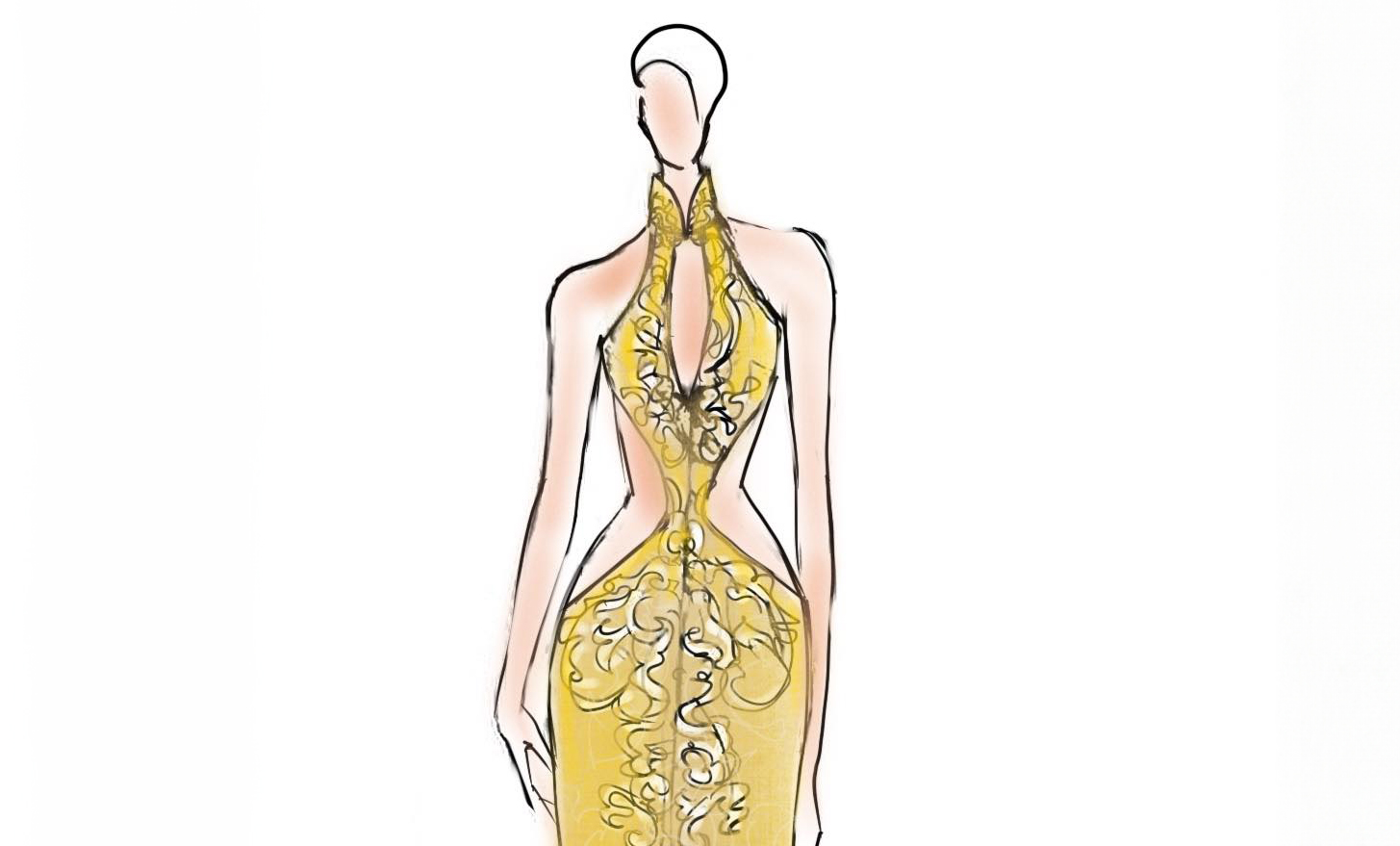
The Qipao, an iconic symbol of Chinese fashion, takes center stage as we celebrate the Lunar New Year of the Wood Dragon. This singular closely-fitted garment crafted from the most opulent silks originated in 1920’s Shanghai. ZEE fashion editor Oj Hofer, has sought the creative insights of some of the Philippines’ most innovative designers for their interpretation of the elegant Qipao, also known as Cheongsam.
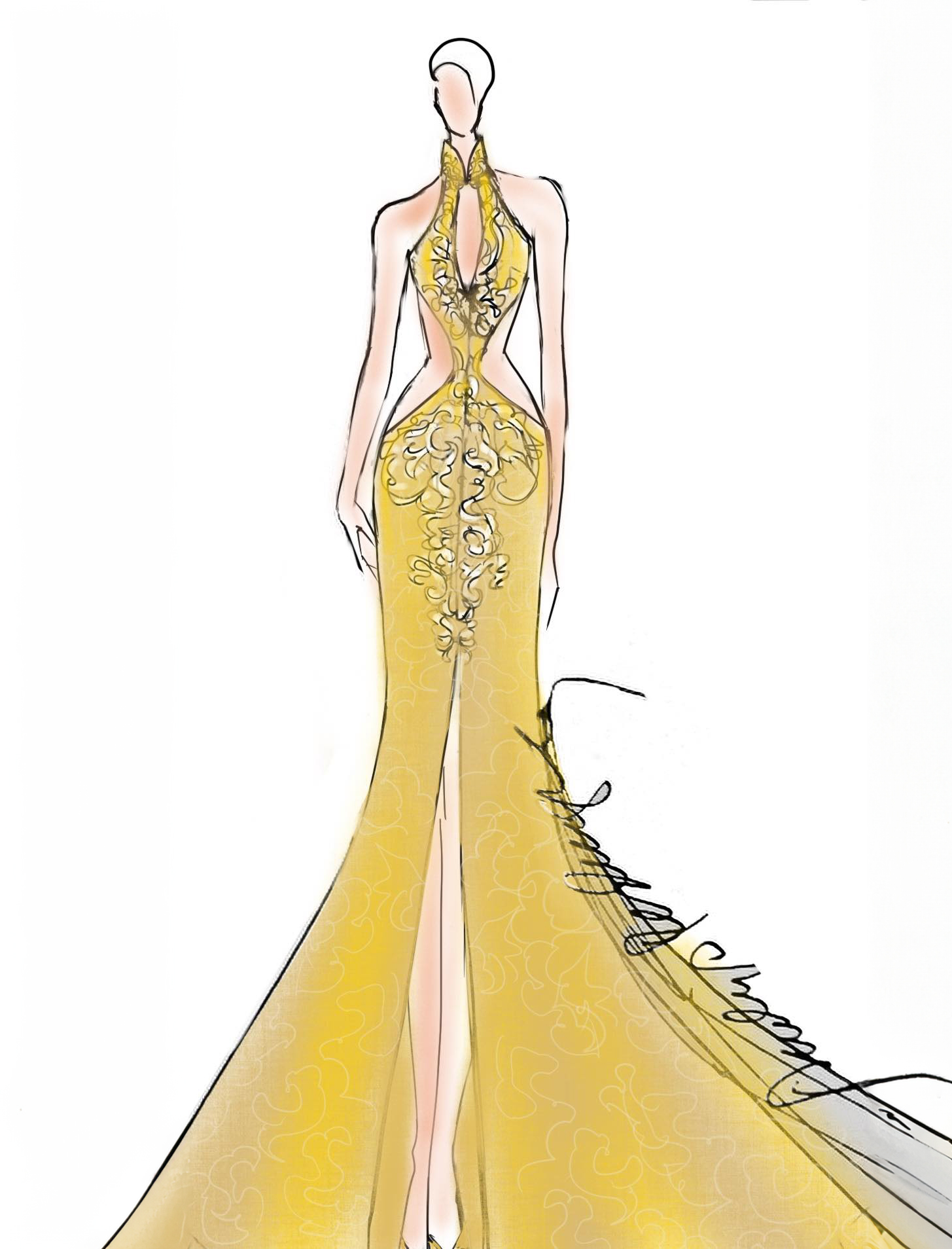
Cebu’s esteemed designer, Philip Rodriguez, pays homage to imperial attire with this stunning yellow silk brocade qipao. While adhering to the traditional cheongsam silhouette, Rodriguez infuses a touch of sensuality by incorporating see-through silk tulle panels along the waistline. Known for his timeless designs and culturally respectful creations, Rodriguez’s attention to detail is unparalleled. His embellishments are intricate and exquisite, showcasing impeccable taste and luxurious design without veering into ostentation. Take, for instance, his cheongsam for the Year of the Dragon. While it may seem daring compared to traditional sensibilities, Rodriguez maintains elegance by delicately veiling the wearer’s skin with sheer tulle on the cutout side panels. The front slit of the dress is cautiously calculated to strike the perfect balance between modesty and allure “I design for women who possess sophistication beyond their years, “ Philip emphasizes. “My clothes are crafted to evoke a sense of beauty and allure, leaving her feeling exquisite and confident.” As a seasoned designer, Rodriguez consistently achieves harmony in his designs. His qipao for 2024 seamlessly blends elements of royalty and sensuality, luxury and practicality, reflecting his mastery of the craft and his ability to create pieces that are truly elegant and well-balance.
Fashion
The Qipao As Interpreted by Innovative Filipino Designers: JC BUENDIA
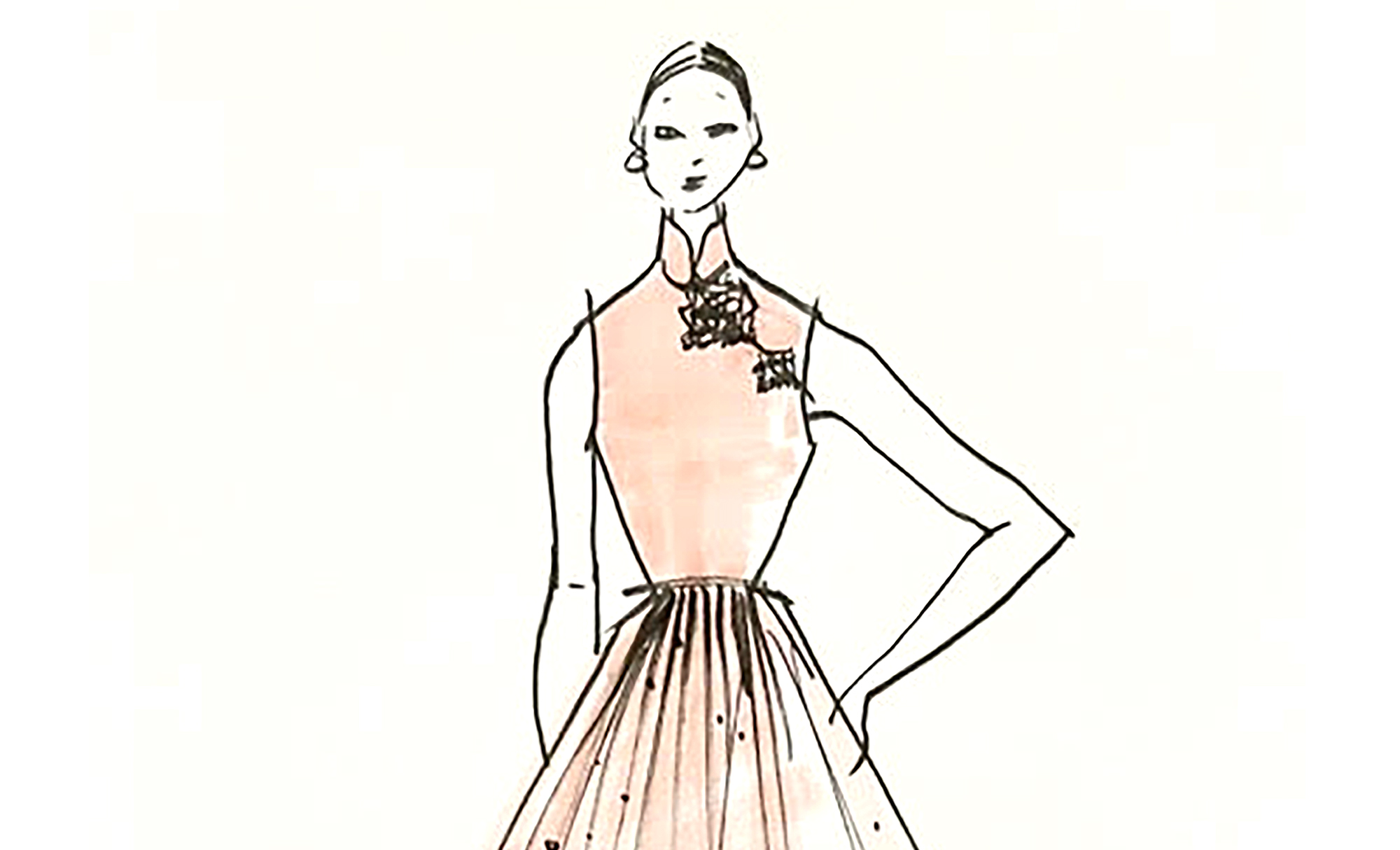
The Qipao, an iconic symbol of Chinese fashion, takes center stage as we celebrate the Lunar New Year of the Wood Dragon. This singular closely-fitted garment crafted from the most opulent silks originated in 1920’s Shanghai. ZEE fashion editor Oj Hofer, has sought the creative insights of some of the Philippines’ most innovative designers for their interpretation of the elegant Qipao, also known as Cheongsam.
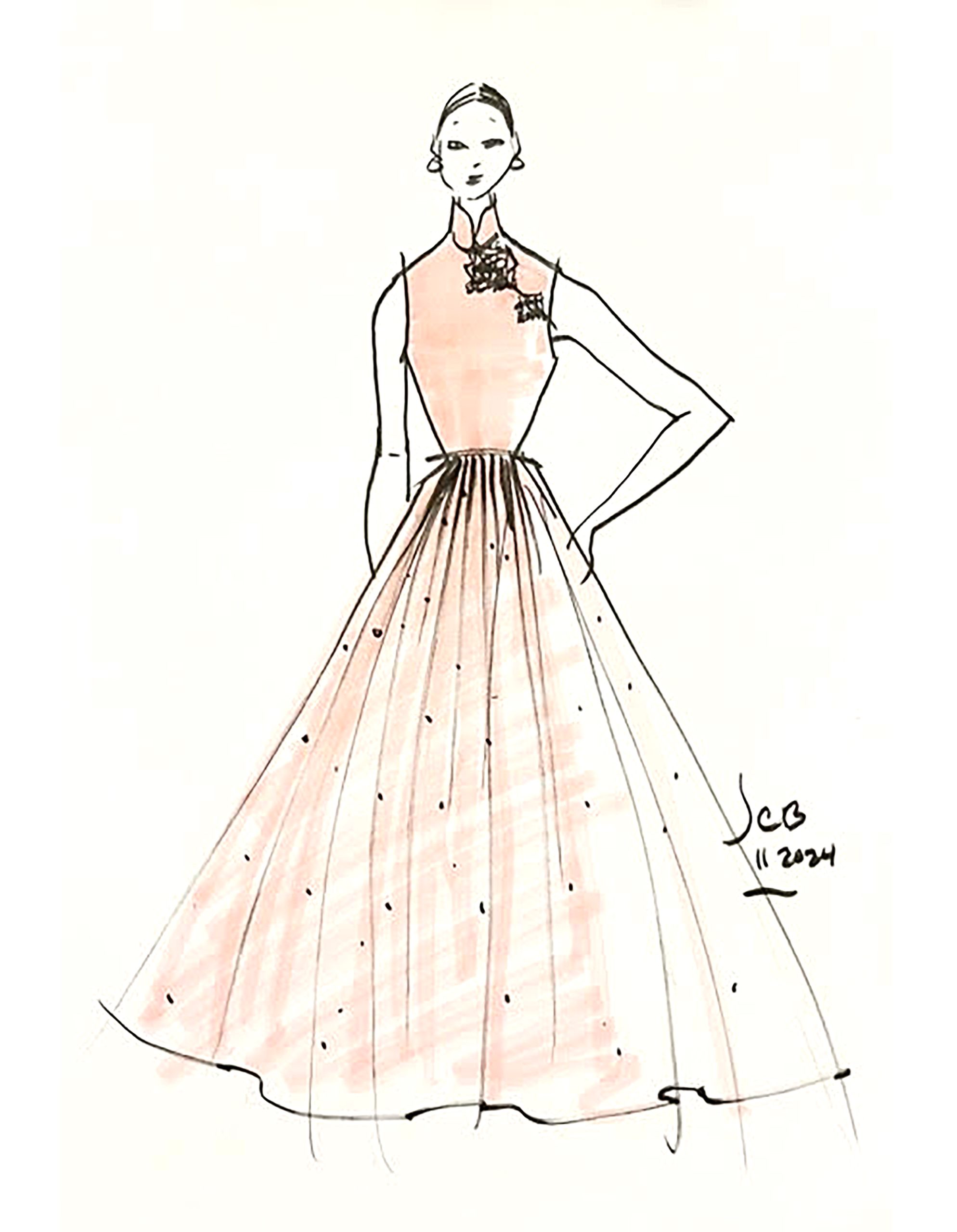
JC Buendia, celebrated for his ability to tell a million style stories through minimalist details, is a master of clean, chic lines in fashion. Eschewing frivolity and nonsensical embellishments, every element of his designs contributes to their overall elegance.
Inspired by cinematic portrayals of Chinoiserie, Buendia’s first fascination with the Qipao began with Gloria Romero’s iconic portrayal of a Chinese princess disguised as a ‘sampan’ girl in the 1957 film “Hong Kong Holiday.”
“This admiration for orientalalia only deepened as I watched films like “The Last Emperor” and “In The Mood For Love,” JC recalls.
Buendia’s latest creation is a testament to this cinematic influence. His interpretation of the Qipao for the Year of the Wood Dragon features a cropped top crafted from silk Dupioni, embellished with diamond brooches on the reverse closure for a touch of glamour. Paired with a tea-length bouffant skirt made from frothy layers of delicate tulle, the ensemble exudes sophistication and timeless elegance.
With meticulous attention to detail and a keen eye for design, JC Buendia’s Qipao captures the essence of cinematic glamour while offering a contemporary twist on a classic silhouette. It’s a tribute to the enduring allure of Chinoiserie and the timeless beauty of the Cheongsam.
Fashion
The Qipao As Interpreted by Innovative Filipino Designers: PROTACIO EMPACES
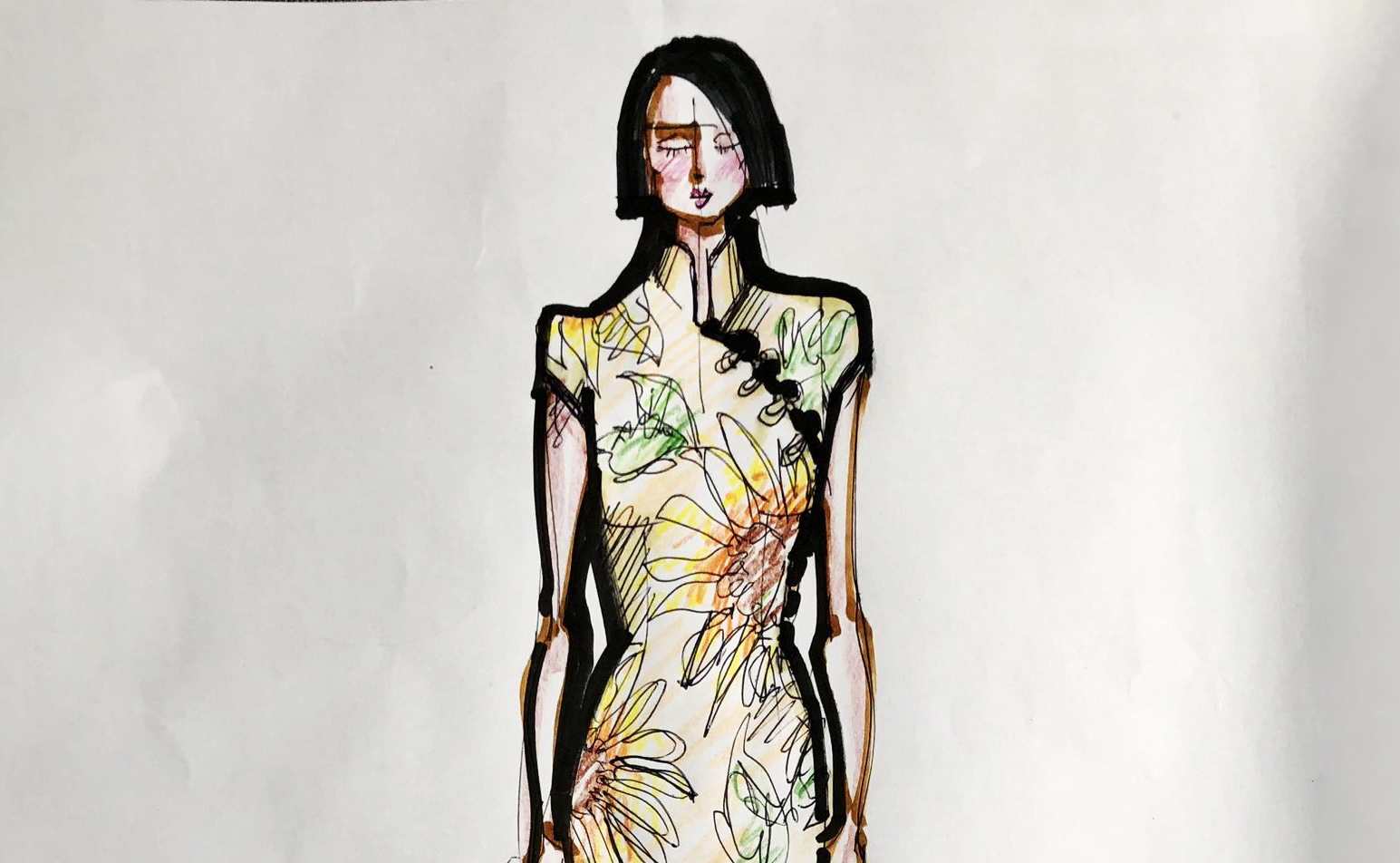
The Qipao, an iconic symbol of Chinese fashion, takes center stage as we celebrate the Lunar New Year of the Wood Dragon. This singular closely-fitted garment crafted from the most opulent silks originated in 1920’s Shanghai. ZEE fashion editor Oj Hofer, has sought the creative insights of some of the Philippines’ most innovative designers for their interpretation of the elegant Qipao, also known as Cheongsam.
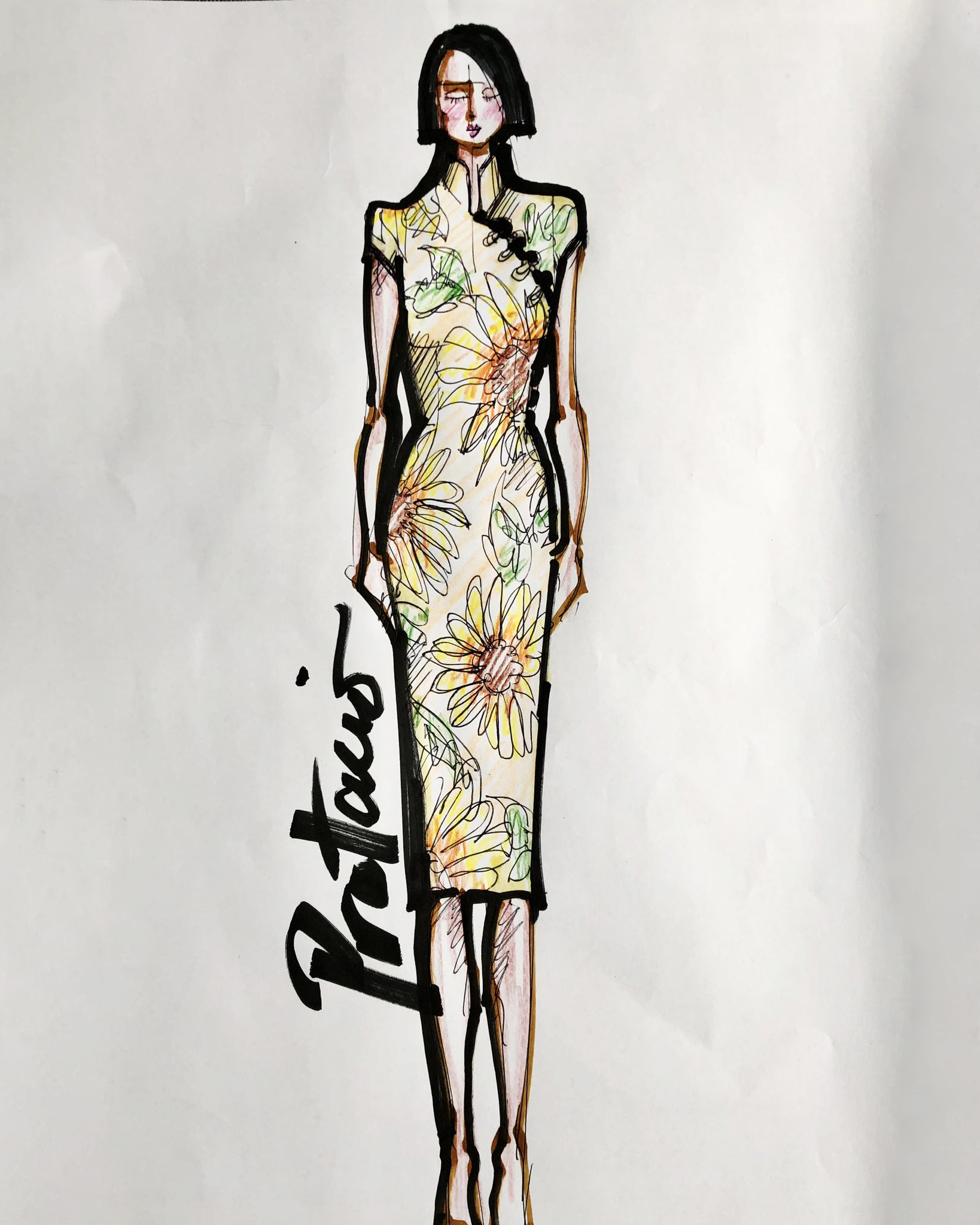
Protacio Empaces is renowned for his talent in reinventing historical silhouettes into stylish statements perfect for modern women’s lifestyles. His reinterpretations present wearable, contemporary, and highly coveted fashion pieces. The distinct embroidery he incorporates adds an extra touch of charm to his creations. Take, for instance, his cheongsam adorned with delicately hand-embroidered macro daisies and trapunto leaves. “I imagined a vibrant qipao inspired by tropical aesthetics, tailored for chic city living in ASEAN mega-cities. I’m using cotton pique for its structure and infusing it with lively colours to retain a stylish, sensual silhouette,” explains Protacio. His knee-length qipao captures the timeless sophistication seen in Maggie Cheong’s iconic look in the classic film “In the Mood for Love.” Crafted for the Year of the Dragon, this design seamlessly complements the film’s aesthetic, presenting a potential addition to the character’s wardrobe. Seasoned designer Protacio’s creations speak to women aged 30 to 80. His intial Qipao offering for 2024 combines modern elegance with classic charm that resonates with these women’s sophisticated tastes and vibrant lifestyles.
-
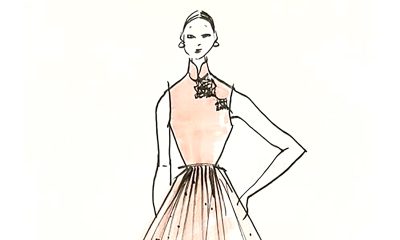
 Fashion2 months ago
Fashion2 months agoThe Qipao As Interpreted by Innovative Filipino Designers: JC BUENDIA
-
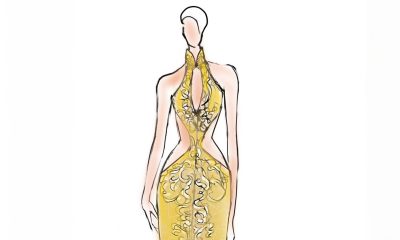
 Fashion2 months ago
Fashion2 months agoThe Qipao As Interpreted by Innovative Filipino Designers: PHILIP RODRIGUEZ
-
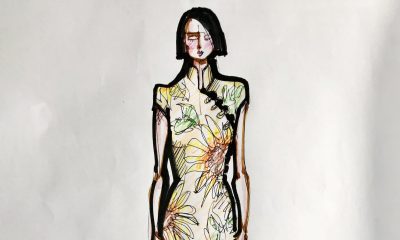
 Fashion2 months ago
Fashion2 months agoThe Qipao As Interpreted by Innovative Filipino Designers: PROTACIO EMPACES
-
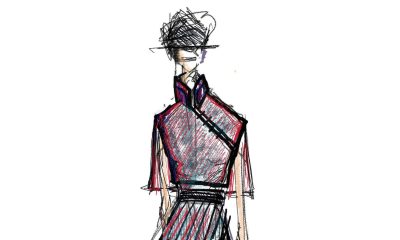
 Fashion2 months ago
Fashion2 months agoThe Qipao As Interpreted by Innovative Filipino Designers: EDWIN AO
-
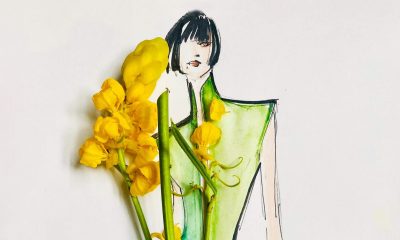
 Fashion2 months ago
Fashion2 months agoThe Qipao As Interpreted by Innovative Filipino Designers: RAJO LAUREL
-
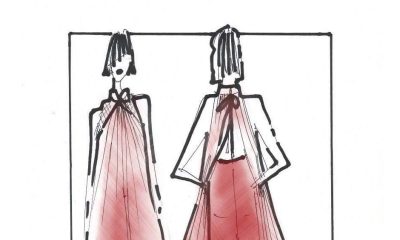
 Fashion2 months ago
Fashion2 months agoThe Qipao As Interpreted by Innovative Filipino Designers: VIC BARBA









You must be logged in to post a comment Login